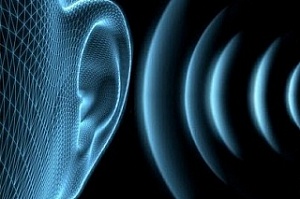Nadezhda Erzakova, a Master’s student at TSU, has proposed to use acoustic fault detection to create a remote directional microphone. The device, called Audiocamera, can find sources of sound (such as people) and transmit the voices over an audio system.
- With visualization of the sound source, the fault detection of sound emitting structures is typically conducted with objects such as automobile engines. The sound is emitted by the vibrating parts. The fault detection captures sound and visualizes it, and the image helps to determine whether the items are damaged or not, because the sound changes with the slightest crack, - said Dmitry Sukhanov, the scientific adviser.
The audio camera works on the same principle: it picks up the sound, and then there is the digitization and visualization of the sound source with a special programme. Thus, it is possible to focus on the speech of a human. In this case, TSU scientists can programme the opportunity to voice control: it can be broadcast with audio equipment, and in the future it will even control the volume.
The device is a grid of 160 microphones, a signal from which is digitized at the same time, and the programme reconstructs the image of the noise sources. The device of TU scientists has more microphones and more accurately visualizes sound than existing analogs. Also, the cost of components for the Audiocamera is much cheaper.
Now scientists have built the first prototype of the installation, which hears at a distance of half a meter, and is able to visualize multiple audio sources that have a distance of 40 cm from each other. The Audiocamera handles 10 frames per second, that means it measures the noise every 100 milliseconds.
TSU Radiophysics expects that as a result of further work with the Audiocamera, it will be able to pick up sounds at a distance of up to one hundred meters and automatically focus on any sound source, regardless of number.

